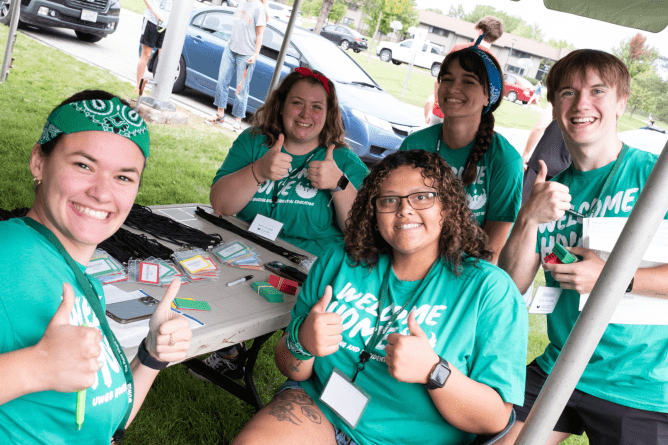Category: Teaching a Course
-
Communication Methods & Recommendations
By
|
A communication challenge you might face whether you’re teaching in an in-person class, a hybrid one, or one that’s completely online, will be to try to communicate the same information to students who are not able to attend the in-person class, or to communicate with students who may have fallen behind. Remember, you should strive…
-
Three Types of Activities (Absorb, Do, Connect)
By
|
In higher education, the effectiveness of teaching plays a significant role in how students engage with the material and achieve learning outcomes. One approach to structuring the course activities involves categorizing them into three distinct types: Absorb, Do, and Connect. By classifying activities this way and designing them intentionally to meet dynamic learning objectives, instructors…
-

Why Didn’t Anyone Do Today’s Reading? – Engaging Students by Building Relationships
By
|
Article by Pamela Rivers The semester is well under way. Your students have taken their first exam. Some are active and excelling. Others have stopped coming to class or are not completing the assigned readings. Welcome to the end of September. Maybe you thought this time it wouldn’t happen. Everyone was eager and excited and…
-
Tips for Effective Teaching in Campus‐To‐Campus (C2C) and Campus‐To‐Anywhere (C2A) Courses
By
|
Contents Campus-to-campus (C2C) and campus-to-anywhere (C2A) are two of UW-Green Bay’s six teaching modalities. Both campus-to-campus and campus-to-anywhere courses pose the challenge of managing a class where some students are physically present in the room while the rest join remotely from another location. These two modalities also require classrooms with specialized technology so that all…
-

Addressing Misinformation in the Classroom
By
|
Whether it is in the context of a Canvas discussion board or during an in-person discussion, an obviously false claim from a student can leave you feeling blindsided if you’re not prepared. With a little work, though, you can often turn these interactions into constructive learning opportunities. This post explores steps you can take to…

